This discussion and review contains spoilers for Star Trek: Lower Decks season 3, episode 10, the season finale, “The Stars at Night.”
“The Stars at Night” is the best Star Trek season finale in the better part of two decades. It does this by managing to both hit all the notes required to make a classic Star Trek season finale and by leaning into what makes Lower Decks such a compelling window into the shared Star Trek universe.
Showrunner Mike McMahan has talked about this interesting synthesis in the show’s creative process, the porous boundary between ideas that are generic Star Trek concepts and those that are specific to Lower Decks. “Like, we’ll get far down the line on a story idea and then be like, ‘Wait. We’re just writing real Star Trek right now. Right? Like what if — why is this a Lower Decks thing?’” he explained to /Film shortly before the third season premiere.
“The Stars at Night” is full of elements that feel like a gripping Star Trek season finale, particularly in its final act. Most obviously, there are several cues lifted directly from “The Best of Both Worlds,” perhaps the defining Star Trek season finale. There’s a montage of the crew professionally preparing for a high-stakes confrontation. The ship pushes itself to the limits trying to stay ahead of an unyielding and uncompromising mechanized opponent.
“The Stars at Night” issues an existential challenge to the cast of Lower Decks. Admiral Buenamigo (Carlos Alazraqui) pushes to replace the Cerritos and its crew with automated drones. Starfleet plans to “shutter the California class.” It recalls the career crisis that William Riker (Jonathan Frakes) faced in “The Best of Both Worlds,” mirroring writer Michael Piller’s own anxieties. It also evokes the retooling of Enterprise in “The Expanse” or the Federation’s withdrawal from Bajor in “Call to Arms.”
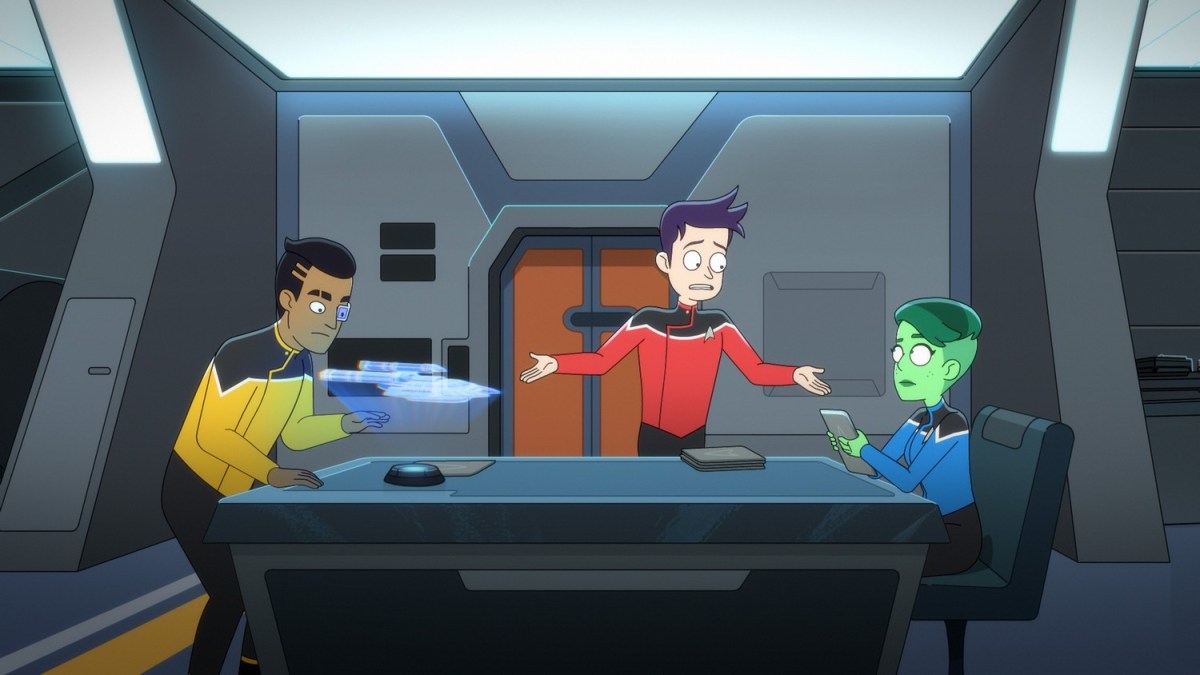
There are other smaller elements of “The Stars at Night” that position it as something of an archetypal third-season Star Trek finale. Notably, the episode closes with a tease that T’Lyn (Gabrielle Ruiz), the Vulcan introduced in “wej Duj,” may be joining the ensemble in the fourth season. McMahan has been teasing this arrival for a while, and it fits neatly with the tradition of fourth-season cast additions like Worf (Michael Dorn) on Deep Space Nine or Seven of Nine (Jeri Ryan) on Voyager.
However, “The Stars at Night” is also very much an episode of Lower Decks. It is a story structured around the thematic and narrative concerns that are specific to Lower Decks within the larger context of the Star Trek universe. This is most apparent in the way in which “The Stars at Night” is built very specifically around the internal continuity of Lower Decks. This isn’t a story that could be told on any other Star Trek series, which is very much to its credit.
Most obviously, “The Stars at Night” brings back the two big lingering plot threads from “Reflections.” Mariner (Tawny Newsome) is still enjoying hanging out with rogue archeologist Petra Aberdeen (Georgia King), while the crew discovers that Admiral Buenamigo was the one behind Samanthan Rutherford’s (Eugene Cordero) memory wipe. Additionally, the artificial intelligence of the Texas-class ships is derived from Rutherford’s code.
However, it is more than that. “The Stars at Night” builds to a climax in which Mariner summons the cavalry to protect the Cerritos from the Aledo. Dozens of California-class ships arrive in a show of solidarity. This is something of a Star Trek season finale trope of itself: Consider the fleet at the end of “Call to Arms” or the one led by Riker in “Et in Arcadia Ego, Part 2.” The difference between the cavalry arrival in “The Stars at Night” and that at the end of the first season of Picard is that this feels earned.
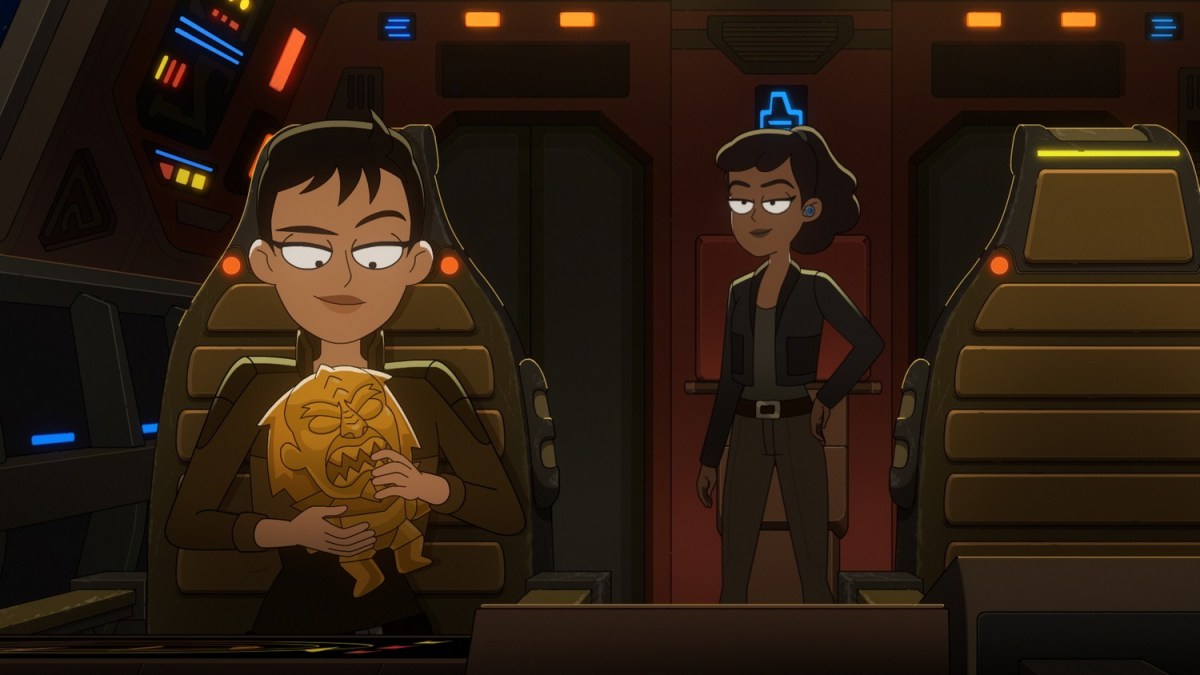
That final confrontation affords Lower Decks the chance to celebrate the continuity it has crafted for itself over these three seasons. The cavalry is made up primarily of returning characters: Captain Vendome (Sam Richardson), last mentioned in “The Least Dangerous Game;” Captain Maier (Baron Vaughn) from “Mining the Mind’s Mines;” Captain Durango (Al Rodrigo) from “Moist Vessel;” and a silent cameo from the bridge crew of the USS Alhambra from “Veritas.”
This is important because, like most comparable franchises, Star Trek has become lost in a fog of nostalgia. Strange New Worlds is built around the idea that the audience might recognize the iconography of Star Trek, without any actual content. The final season of Picard is reaching so hard for fandom’s memories that it is not only bringing back the entire Next Generation cast, but also the holographic Moriarty (Daniel Davis) and evil android Lore (Brent Spiner).
Lower Decks is obviously steeped in broader Star Trek continuity. The entire episode is arguably just a variation on “The Ultimate Computer.” However, it’s revealing that Lower Decks feels like the only modern Star Trek show that has actually developed its internal continuity to such a degree that it can pull all of these disparate threads together in a way that feels satisfying within the show itself, rather than just a collection of references to objects from the audience’s childhood.
It helps that “The Stars at Night” is telling a story that feels specific to Lower Decks. Part of what makes Lower Decks so interesting in the Star Trek canon is that it is built around making explicit one of the more interesting subtexts of The Next Generation. After all, The Next Generation is arguably best understood not as an episodic science fiction series, but as a show about one of the most professional workplaces in television history. Lower Decks just foregrounds that theme.
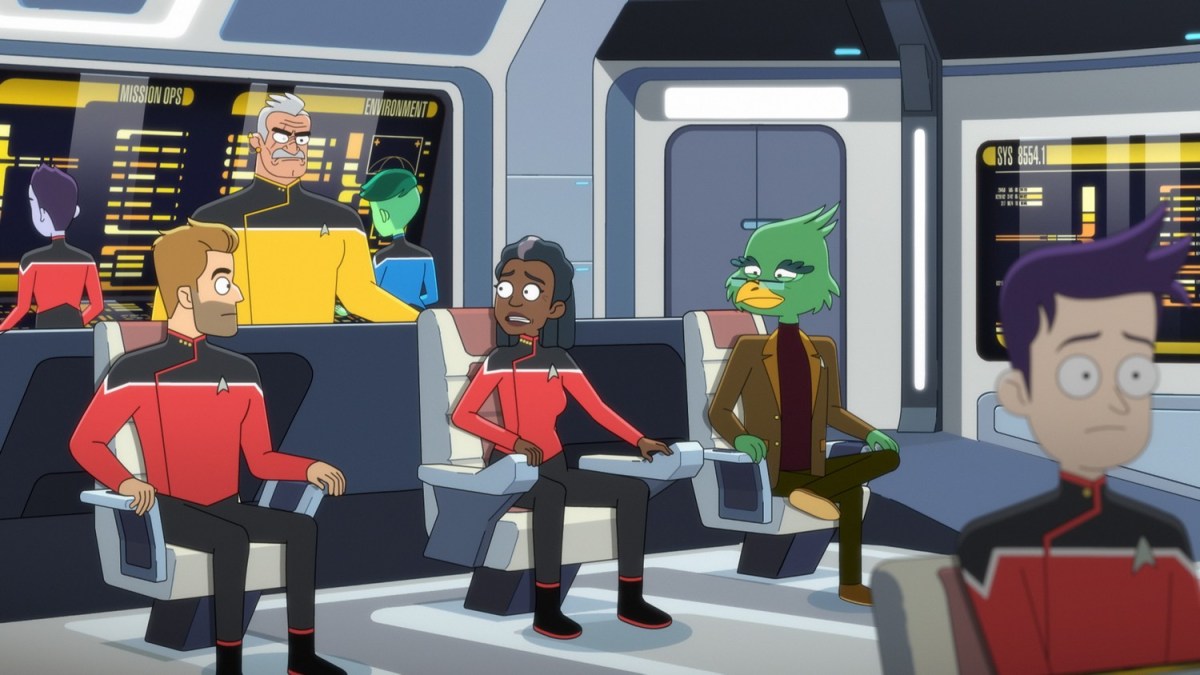
Lower Decks is a show about what it must be like to work in Starfleet. Its social commentary is often directly engaged with modern work culture. “The Stars at Night” sees the return of the anonymous admiral voiced by Michelle Wong in “Temporal Edict,” an episode about the importance of “buffer time” and the dehumanizing horrors of workplace efficiency targets. It feels appropriate that Wong returns in an episode in which the crew face obsolescence by way of automation.
This theme is perhaps less showy and less self-important than Picard wrestling with issues around immigration, but Lower Decks explores its recurring themes a lot more gracefully. Starfleet is explicitly a post-capitalist economy, as Aberdeen points out, but it’s interesting that they are still subject to the same professional drives. “The Stars at Night” might be riffing on “The Ultimate Computer,” but that’s specifically because its themes of automation remain relevant.
Indeed, “The Stars at Night” represents some genuine growth for Lower Decks. One of the big issues with the series, as with the other modern Star Trek shows, has been an uncritical reverence for Starfleet as an institution. Even within the third season, both “Grounded” and “The Least Dangerous Game” were episodes built around the need “to be patient and trust in the system,” which was a questionable moral at a point in time when various civic institutions have become unworthy of trust.
“The Stars at Night” makes a compelling criticism of Starfleet’s workplace culture. Admiral Buenamigo reveals himself to be a classic “bad faith admiral,” ordering the Aledo to destroy the Cerritos to protect his Texas-class project. His motivations tie back into the core themes of Lower Decks. This betrayal isn’t motivated by militarism or greed, but instead by professional pride. Buenamigo has tied up too much of himself in the project, even giving the Aledo his own voice.
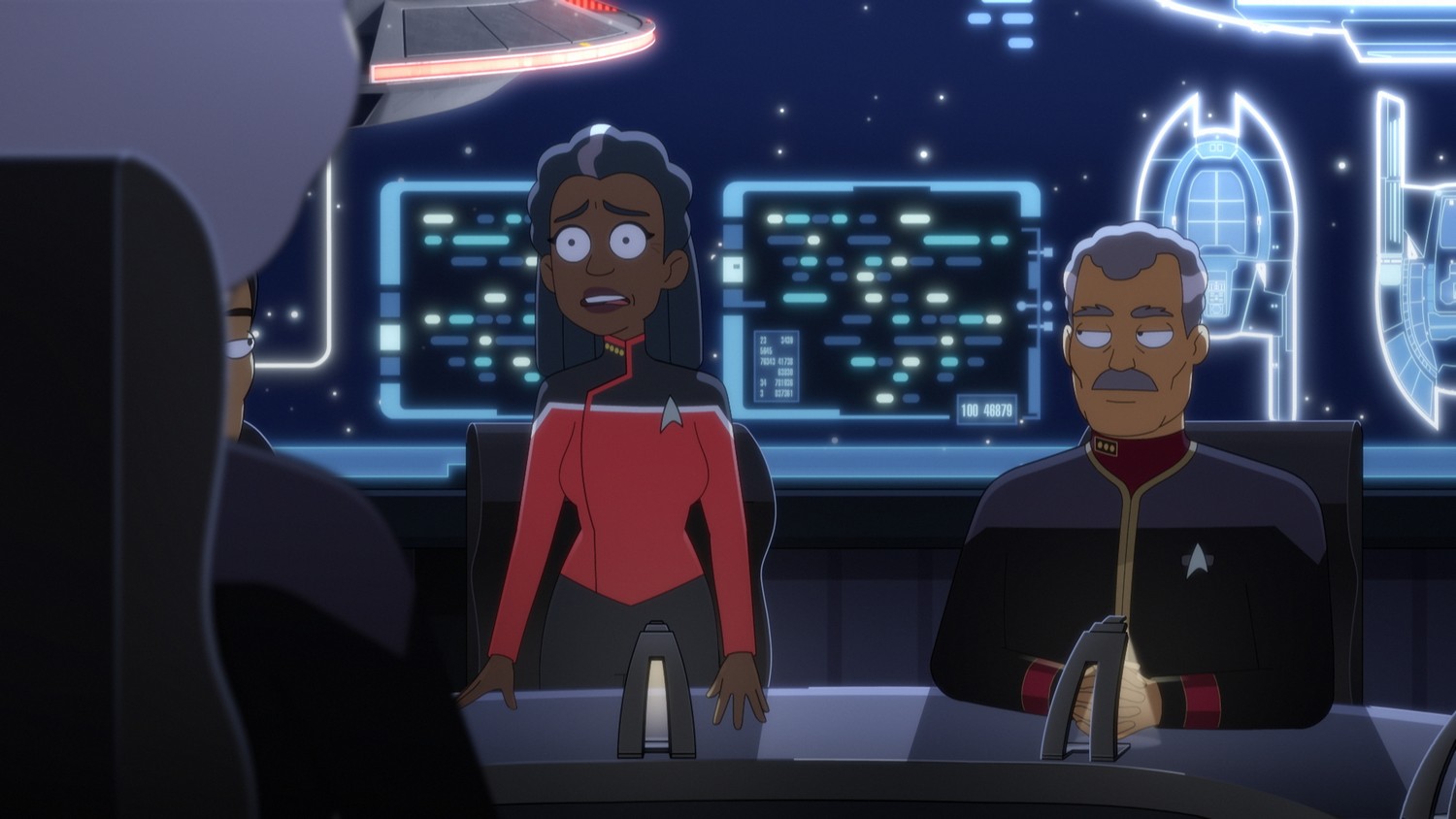
He hopes to bring Carol Freeman (Dawnn Lewis) on board with the project by offering her a promotion to an “operations desk job” and a uniform “with four epaulets.” Explaining himself, Buenamigo cites his lack of professional advancement. “Starfleet is so competitive,” he confesses. “Once you’re an admiral, you hit a wall. I’ve been trying for years to make a name for myself.” He justifies the destruction of the Cerritos through utilitarianism: “The good of the many, Carol.”
Ultimately, building off “Trusted Sources,” this feels very much like Lower Decks making an argument for its place in the Star Trek universe. In “Trusted Sources,” Victoria Nuzé (Alison Becker) described the Cerritos as “chaotic,” “irresponsible,” and “silly.” At the start of “The Stars at Night,” the assembled admirals describe Freeman’s “Project Swing-by” as “a waste of resources” and complain about the “culture on (her) ship.” The expectation is that Freeman’s crew should be “more professional.”
With “The Stars at Night,” Lower Decks seems to finally understand that Starfleet’s extremely rigid and structured professional worldview is not the only way to look at the universe. Mariner comes to suspect that Aberdeen’s civilian archeological adventures must be funded by some nefarious interest, but she is shocked to discover that the project is supported by Admiral Picard (Patrick Stewart). “The Stars at Night” accepts that Aberdeen’s lifestyle is just as valid as Boimler’s (Jack Quaid).
“The Stars at Night” is good old-fashioned Star Trek. It is also pure Lower Decks. While it would be nice to see the larger Star Trek franchise become a bit bolder and more adventurous, Lower Decks stands out among the franchise’s current output for finding a way to tell classic Star Trek stories in ways that feel fresh and engaging. That is no small thing.

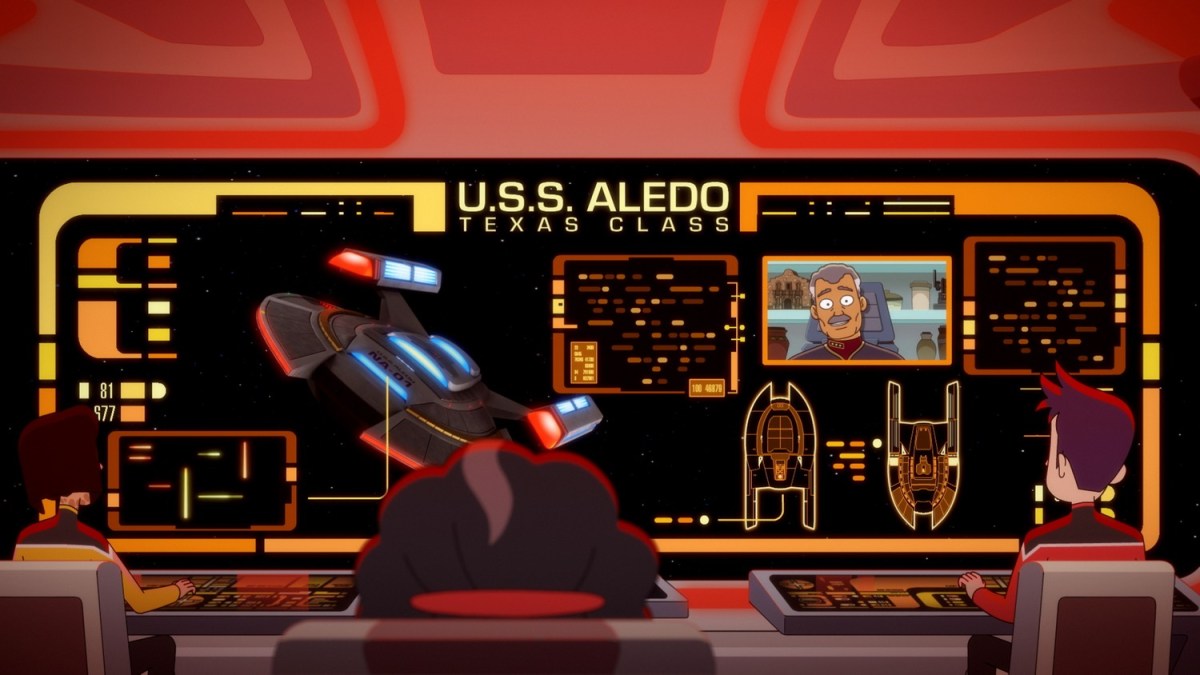




Published: Oct 27, 2022 09:00 am